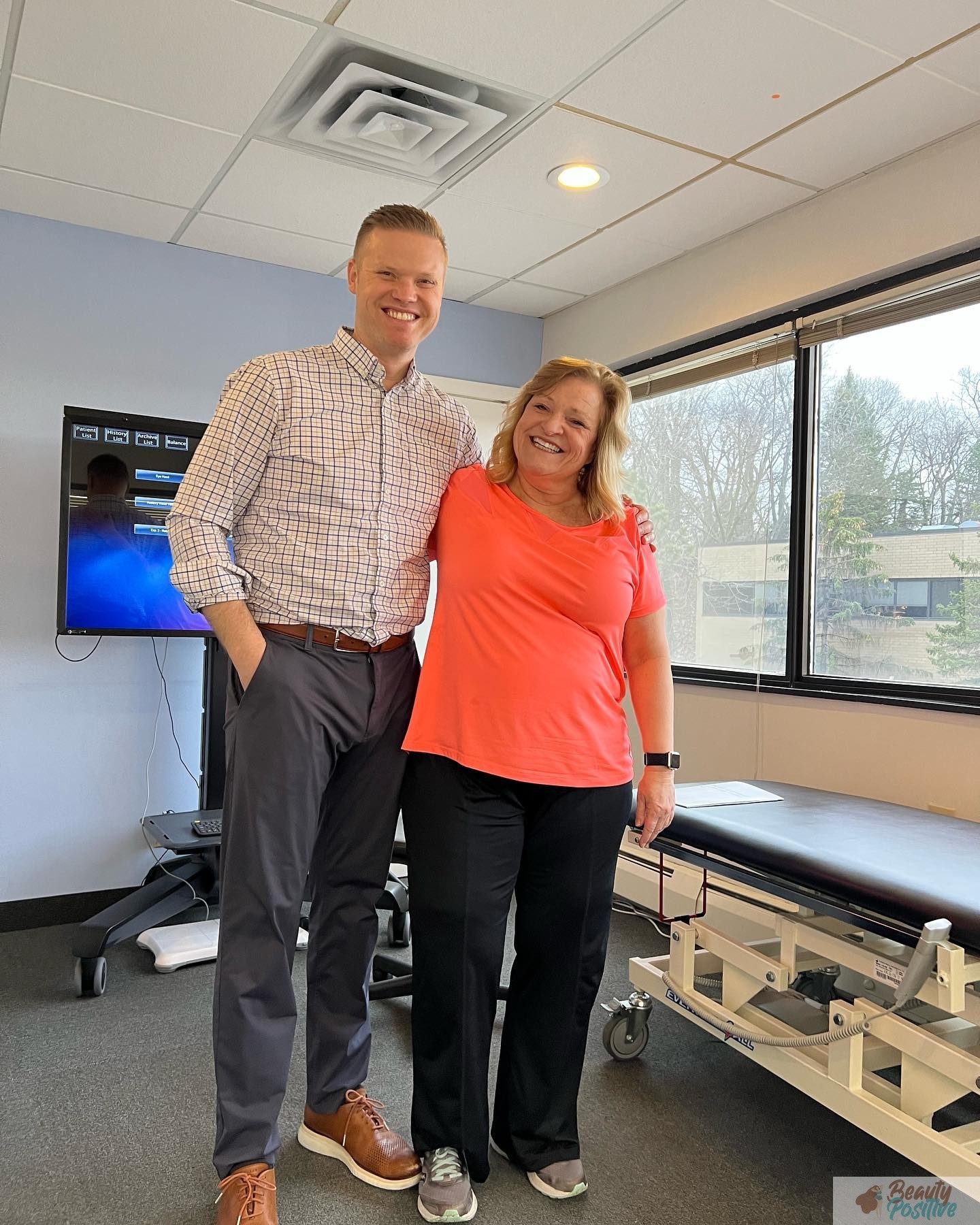In Wisconsin, tailgating before the big game is one of our favorite pastimes. Whether a tailgater is elaborately planned or thrown together at the spur of a moment, if you find yourself tailgating before a Packer, Brewer, or Badger game, there’s a good chance that you’re having a great time with friends, both old and new.
When Wisconsinites head out for a tailgater, one of the last things we think about is the chance we could be involved in an accident along the way. This makes sense statistically, as fewer than 7% of the autos registered in Wisconsin were involved in crashes in 2016. But the consequences of those accidents were significant, as 75% resulted in property damage, 25% resulted in personal injury, and almost 2% of the injury-involved accidents resulted in someone’s death.
We call crashes “accidents” because nobody ever plans on being in one. But even the best drivers make mistakes, and even “minor” accidents can cause catastrophic injuries or even death. Since the financial consequences of an auto accident can be dire, it is important for Wisconsin drivers to have insurance in place before accidents happen.

Because there are so many types of insurance that can apply after an accident, and because each type covers different things, it can be a challenge for Wisconsinites to keep it all straight. To help you understand the most common coverages and make informed decisions about the coverage(s) you should have for yourself, here’s an explanation of how the different types of insurance coverage work to protect you.
Auto insurance.
- Most drivers have a basic understanding of what auto insurance is, but not everyone knows you can get several different types of coverage through a single auto insurance policy. The most common coverages you can get through your auto insurance policy are as follows.
Liability coverage protects your assets if you cause an accident.
When you cause an accident and injure someone else, your assets can be jeopardized in two ways. If you are sued, you could be required to pay a lawyer to defend you in court, and if you are found liable for causing the accident, you could be required to pay damages to each injured party until the party is made whole (including their medical expenses, lost wages, and pain and suffering). Liability coverage protects you against both of these risks. If you are sued, your liability carrier will hire a lawyer to defend you at no cost, and if you are found liable to pay damages to an injured party, your liability carrier will cover those damages up to the limit of liability in your policy. As a result, so long as your limit of liability is high enough to cover all the damages arising out of an accident, your liability insurance will fully protect you. Liability limits in auto insurance policies are typically established on a “per person” and “per accident” basis, with the first limit being the maximum amount the policy will pay to any one injured party, and the second limit being the maximum amount the policy will pay to all injured parties combined. In Wisconsin, the minimum required liability limit for an auto insurance policy is $25,000 per person and $50,000 per accident, commonly referred to as a “25/50” policy, but it is not uncommon to see auto insurance policies with limits other limits, such as 50/100 or 100/300.

To help you understand the most common coverages and make informed decisions about the coverage(s) you should have for yourself, here’s an explanation of how the different types of insurance coverage work to protect you.
- Property damage coverage protects your assets if you cause property damage in an accident. If you cause an accident and damage someone else’s property other than a vehicle, some auto insurance policies will cover the cost of that damage through the liability coverage noted above, while other policies will cover the damage through separate property damage coverage. In Wisconsin, the minimum limit for property damage coverage in an auto liability policy is $10,000 per occurrence.
- Uninsured and underinsured motorist coverage protects you if you are injured by someone who doesn’t have the ability to make you whole. What if you are injured in an accident and the other driver either has no insurance or does not have enough insurance to make you whole? Under those circumstances, you can protect yourself by getting additional coverage through your own auto insurance policy. Uninsured motorist coverage applies when you are injured by a motorist who has no insurance at all, and underinsured motorist coverage applies when you are injured by a motorist who does not have enough insurance to make you whole. If you make a claim under either coverage, your insurer will act as though it provided liability insurance for the other If you then prove your claim, your insurer will pay your damages up to the limit of liability in your policy. By adding these coverages to your auto policy, you are taking action to make sure you will have some insurance available to compensate you in any accident, regardless of whether the other driver has the ability to make you whole or not.
- Collision coverage protects you from damage to your vehicle. If your vehicle is damaged in an accident, collision coverage will cover the cost to repair or replace the vehicle, whichever is lower.
- Gap coverage protects you from debts secured by a totaled vehicle. If your vehicle is totaled in an accident and the amount you receive from your collision coverage is less than the remaining balance of your car loan or lease, gap coverage will cover the difference.
- Med pay coverage pays for medical expenses that occupants of your vehicle incur due to injuries they sustain while occupying your vehicle. If any occupant of your vehicle is injured in an accident and receives medical treatment for her injuries, the occupant can have her medical expenses paid by the med pay coverage in your auto policy, up to the limit of the med pay coverage. Med pay coverage usually applies regardless of who caused the accident. And, because med pay coverage applies to all medical expenses without applying deductibles, copayments, etc., and because auto insurance carriers generally have weaker rights to recover their payments as compared to health insurers, it is almost always a good idea to exhaust your med pay coverage before you submit any accident-related health care expenses to your health insurance company. Even if you forget to do this, if your health insurance company picks up any of your accident-related health care expenses, you can generally use med pay coverage to cover your out-of-pocket costs such as deductibles, copays, etc.
Miscellaneous coverages.

- Many auto insurance carriers offer miscellaneous coverage such as towing coverage, rental car coverage, etc. Make sure you discuss such options with your insurance agent to find out what options your own carrier provides.
- Umbrella coverage generally increases your liability limits and fills gaps in your underlying coverage. Umbrella coverage typically works to increase the limits of liability of your liability coverage, uninsured motorist coverage, underinsured motorist coverage, and property damage coverage to higher levels. As a result, people who buy umbrella insurance significantly increase the likelihood that anyone injured in an accident will be made whole, regardless of how the accident occurs. We call it “umbrella coverage” because policyholders are typically required to maintain underlying coverage at certain minimum coverage limits, and to exhaust the limits of any underlying coverage before the umbrella policy kicks in. Because umbrella coverage does not kick in until the underlying coverage is exhausted, umbrella coverage is triggered less frequently than coverage provided in the underlying policies. As a result, umbrella coverage is typically more affordable than the underlying liability coverages on a dollar-for-dollar basis. (For example, if you are paying $1,000 per year for liability coverage with limits of $100,000 per person and $300,000 per accident, you may find that you only need to pay $500 extra per year to purchase umbrella coverage that would increase your limits to $1 Million or more for the same accident).
- Health insurance covers your medical expenses not covered by med pay coverage. If you require medical treatment due to injuries you sustain in an auto accident, your health insurance plan will generally be required to cover any care you require within the terms of its coverage.
- Disability insurance and supplemental income insurance can provide critical financial support in the wake of an accident. When an auto accident causes someone to miss work, the person may be without income and unable to cover her expenses for a lengthy period of time. Under these circumstances, short and long-term disability insurance generally provides income replacement benefits. Where payments made by your disability insurance fall short of your pre-injury income levels, supplemental disability income insurance generally works to fill the gap between your income and expenses.
Life insurance.

- In any auto accident where a death occurs, life insurance will provide additional financial protection on top of the coverages noted above. How much life insurance you should buy depends on your personal circumstances and is beyond the scope of this article.
Under Wisconsin law, are you required to have liability insurance?
The answer depends on how you define “required.” Wisconsin drivers are not required to have proof of insurance to get a license or to drive a car. If you are pulled over by law enforcement and do not have proof of insurance, however, you can receive a traffic ticket for operating without insurance. Beyond that, if you cause an accident and are unable to make the injured party whole, either through insurance or your own assets, the Wisconsin Safety Responsibility Law will allow the Wisconsin Department of Transportation to suspend your driver’s license and vehicle registration until you make the injured party whole. Avoiding these penalties is one good reason to get liability insurance before an accident occurs.
How much insurance should you get?

- If you are one of the richest people in the world and can afford to pay a six-figure or seven-figure judgment without noticing it, then you may decide you do not need liability insurance and can instead pay any damages you may cause out of your own pocket. This is called “self-insurance.” For those of us who are not in a position to self-insure, my suggestion is that you decide how much insurance to buy after considering a few factors.
- Wisconsin’s minimum required liability limits are often inadequate. Wisconsin law requires that any liability policy issued in Wisconsin must provide minimum liability coverage of at least $25,000 per person and $50,000 per accident. Because those minimum limits are often insufficient to cover permanent injuries, however, the question of whether you should increase your coverage above the minimum limits depends on your comfort level with a few other factors.
- How would you feel about injuring someone in an accident and not having the ability to make the person whole, or if someone riding in your vehicle were injured by an uninsured or underinsured motorist and you lacked sufficient coverage to make them whole? Most of us feel an obligation to make things right when we do wrong by someone. In the auto accident context, this means that if anyone is injured in an accident we caused, we want to make that person whole. It also means that if anyone is injured in an accident while occupying our vehicle, we want them to be made whole, too, even if the accident wasn’t our fault. Because your ability to make an injured party whole only increases with each dollar of coverage you get for liability coverage, uninsured motorist coverage, underinsured motorist coverage, and med pay coverage, these are important factors to consider in deciding how much insurance to get above Wisconsin’s minimum limits.
- What assets do you need to protect, and how concerned are you about protecting them? If you have a significantly positive net worth, you will regret not having enough insurance to protect it if you should cause an accident. If you have a significantly negative net worth, you may have less concern that an injured party might be able to collect assets from you, but you may also have concern that an excess judgment could force you to file bankruptcy, resulting in serious long-term negative financial consequences on top of any guilt you might otherwise feel for injuring someone without making them whole.
- How much insurance can you comfortably afford? This factor is self-explanatory. If you can comfortably afford to pay for more liability coverage, uninsured motorist coverage, underinsured motorist coverage, and umbrella coverage than you have today, then my recommendation is that you increase your limits to whatever you can comfortably afford, regardless of where your limits may be today. I have worked on countless injury cases in which drivers regretted not having more insurance in place, and have never worked on an injury case in which someone regretted having “too much” insurance in place.
